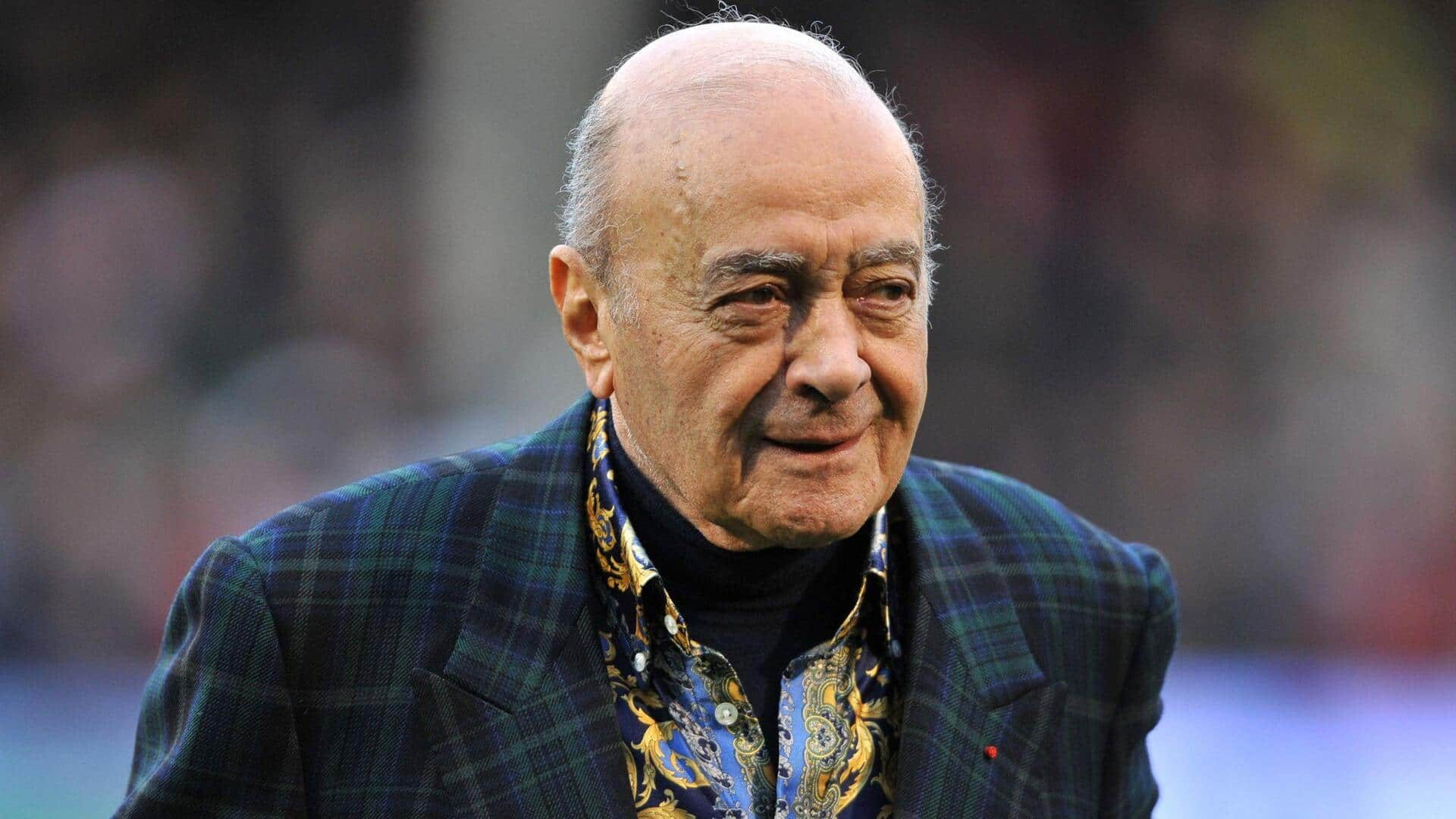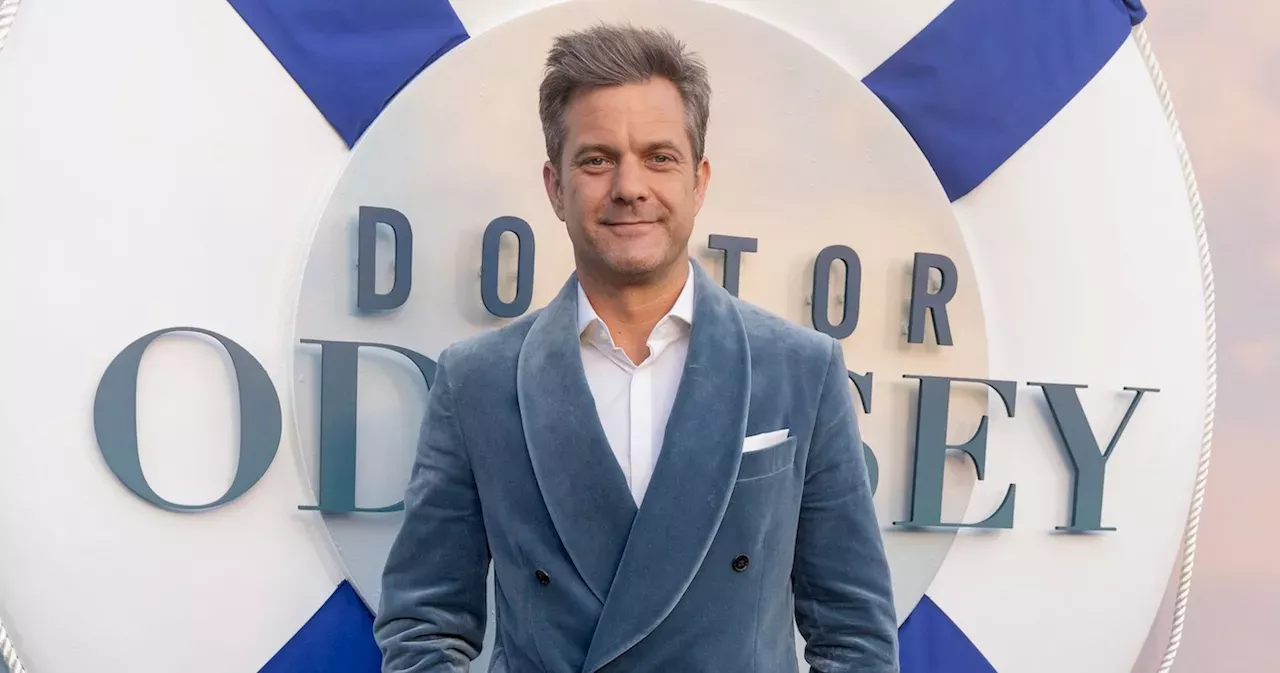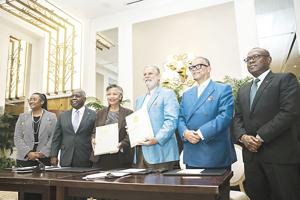EDITOR'S NOTE: This is the first in a three-part series on the Alpha Dogs, a football specific booster group at James Madison University, and the way it aided the Dukes in its FBS transition. Almost exactly 10 years ago, in late July of 2014, the beginning of the modern era of James Madison football began in earnest with a six-hour film session. The Dukes’ new coaching staff, headed up by Everett Withers, was tucked away in a dark room breaking down video of the JMU team they had just inherited, pointing out strengths and weaknesses and explaining how this new regime planned to change things up.
Only, they weren’t in the Plecker Center, the relatively new football headquarters erected on the James Madison campus adjacent to Bridgeforth Stadium. And there wasn’t a player around for miles. Withers and his assistants were 15 miles east of Bridgeforth, inside a conference room at the Massanutten Resort, treating a half dozen of the Dukes’ biggest supporters to an in-depth look at the program, where it stood and where Withers and Co.

hoped to take it. “He had each coordinator, including special teams, come in and show us film,” said Steven Brown, one of the original “Alpha Dog” JMU football boosters. “They had obviously never coached our defense, but they had film from other places saying this is what our defense is going to look like.
They were diagramming plays and going through all kinds of really complicated stuff. They put on a clinic for us. It was really fun.
” Quickly thrown together after Withers had been on the job about seven months, it was the first true gathering of the Alpha Dogs, a newly formed group aimed at providing the extra financial support needed to fund a big-time college football program. Today, the Alpha Dogs are about 40 members strong and it requires $7,500 dues on top of a high-level Duke Club membership, football season tickets and other means of supporting the James Madison athletic department. Former James Madison head coach Everett Withers speaks with officials during the Dukes’ win over SMU in 2015.
But while donations to the JMU Duke Club fund scholarships and other needs across the athletic department, the dues and other gifts from the Alpha Dogs are targeted toward football and usually the specific desires of the current head coach. Withers arrived in Harrisonburg as JMU was making a huge investment into its football program and athletic department in general. University officials were contemplating not only making the jump from the Football Championship Subdivision to the Football Bowl Subdivision but also how to continue to win at the next level.
In addition to building Plecker, JMU had renovated and expanded Bridgeforth Stadium to seat nearly 25,000 fans, including luxury boxes and club seating. Athletic director Jeff Bourne, who retired in May after 25 years with the Dukes, fired coach Mickey Matthews. Matthews led MU to its first FCS national title a decade earlier but had gone 13-10 over the previous two seasons.
James Madison’s athletic budget would soon be among the largest outside the Power Five conferences and nobody wanted to spend FBS money only to see average FCS results. JMU was aiming for a top-level football program and hired Withers, who had been the interim head coach at North Carolina three years earlier and then spent two years as the defensive coordinator at Ohio State. He knew how big-time programs operated and brought along John Streicher from Ohio State as a special assistant to the head coach.
Withers likened Streicher’s role in the program to a general manager, and one of his first major projects was organizing the Alpha Dogs. “There was a plan from Day 1 when we got to JMU,” said Withers, now the defensive coordinator at Temple. “You’ve got to have a checklist of things you want to do as a head coach.
John knew I had this plan just from when I spent time with Mack Brown at North Carolina. We hadn’t gotten to that yet when I got to JMU, but we started the beginnings of it because of guys like [Mike] Battle and [Steve] Brown. We allowed those guys access to our football program and the more access they got the more they could actually see the things we needed to go to the next level.
” Mack Brown coached Withers during his playing days at Appalachian State and became a mentor when Withers entered the coaching profession. Withers became Brown’s defensive backs coach at Texas in 1998 and Brown filled Withers in on what he’d done during his first stint as North Carolina’s head coach. Taking over at a basketball powerhouse, Brown formed the Big Hitters, an exclusive football booster club, as a way to generate more football interest among the Tar Heels’ richest supporters.
Brown took them to Pinehurst, one of the nation’s top golf resorts about an hour from Chapel Hill, where he wined, dined and hit the links with them. Withers knew he didn’t have the resources and JMU didn’t have the alumni base to replicate everything he’d seen at UNC, Texas and Ohio State. But a relatively modest version of the Big Hitters was something he felt JMU could pull off, and the administration was on board when he pitched the idea.
To the best of anyone’s knowledge, groups reminiscent of North Carolina’s Big Hitters were not common even at the Group of Five level, let alone anywhere in the FCS. Steve Brown and former JMU player and Board of Visitors member Mike Battle were among the first members. Cliff Wood, a CarMax executive who would go on to become the head of the Duke Club then later the Montpelier Collective, the first NIL fundraising organization associated with JMU and Joe Showker, whose later father, Zane, the field at Bridgeforth Stadium is named after, were also among the first members.
Soon the group was nearly 20 strong. Former James Madison quarterback Vad Lee, top, is stopped by Liberty's Wesley Scott during the first quarter of an FCS playoff football game in 2014. “I was a big advocate for Everett because we were really trying to make a significant movement from the Mickey Matthews tenure,” Battle, who was on the football hiring committee in 2014, said.
“We wanted to bring some big-time football expertise into what we were trying to do. He came on board with the whole concept of supporting and stewardship of the program that was analogous to the Power Five experience.” JMU’s athletic budget at the time was more than double most of the other teams in the CAA, JMU’s conference until jumping to FBS in 2022, and like most schools outside the Power Five, it’s mostly supplemented by the university itself.
But about 75 percent of the Dukes’ athletic spending went to areas other than football, including not only other varsity sports teams but the marching band and spirit squads as well. “Everett brought forth this idea of high-end financial support specifically for the football program,” Battle said. “Prior to that, everything sort of flowed through the Duke Club and it was the university’s decision as to where funds were needed.
Everett wanted his own pool, a group of folks who were really dedicated to upscaling the football program and providing financial support to do so.” One of Withers’ immediate goals was to use those funds to boost recruiting. He believed if JMU looked like an FBS program, the Dukes could bring FBS talent to a school still playing at the FCS level.
Though the Plecker Center was less than a decade old, Withers wanted to revamp the Dukes’ locker room. New carpet was installed as well as skylights and new lockers with flashy graphics and signage on the walls. Withers also asked for money for alternate uniforms and helmet decals, providing the ability to take the field with a different look nearly every week, similar to the Oregon Ducks, who boasted Nike founder Phil Knight as a benefactor.
He also asked for money to put the team up in a hotel the night before home games. “His view was we needed all of that,” Battle said. “And the only way we would get there was more of a financial commitment.
” Sure enough, Withers’ teams were among the most talented the Dukes have ever produced, including Georgia Tech transfer quarterback Vad Lee and future NFL cornerback Jimmy Moreland, who each arrived in Withers’ first year. The Dukes went 18-7 in Withers' two seasons as head coach and returned to the FCS Playoffs. Withers left for Texas State, but the groundwork was laid for JMU’s next coach, Mike Houston.
Houston went 28-2 over the next two seasons and took the Dukes to back-to-back FCS title games, winning one. Jordan Wray, a current Alpha Dog, was a student at JMU when Withers was hired. Back then, he wasn’t too aware of the group, which kept a fairly low profile.
But he said students and fans could see the results at the time as the entire vibe around the James Madison program shifted to that of a high-level program. “I’m a guy who grew up going to football games at Virginia Tech,” Wray said. “When Withers came on it was uniforms and it was College GameDay, and all those things.
Soon you started to see a change in the tailgate scene and people taking a greater interest in what was going on Saturdays, from 8 a.m. on.
I grew up with that and by the time we were seniors and young alumni we were right up there.” NEXT: A look at how the financial commitment from JMU and the Alpha Dogs allowed the Dukes to continue winning even after moving up to FBS..



















